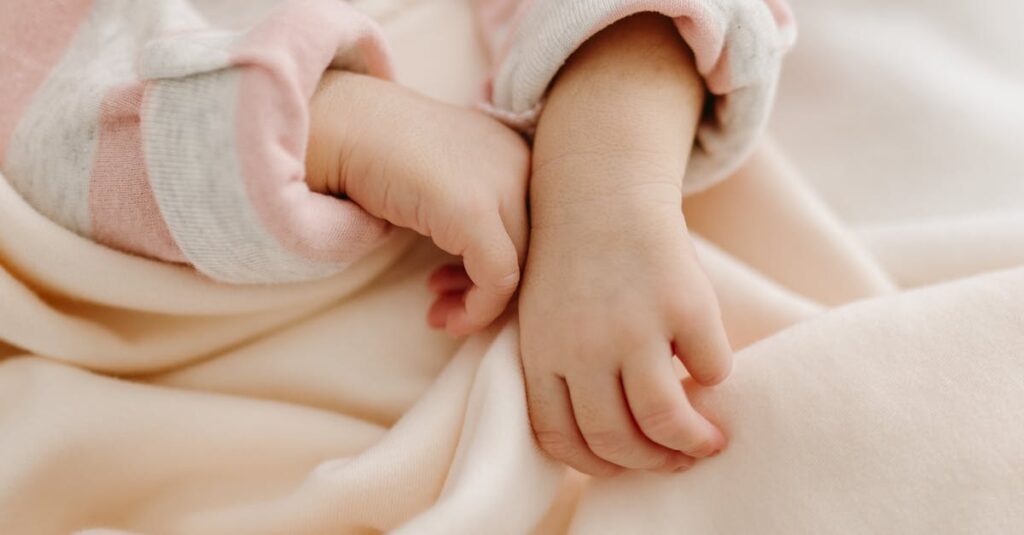The Grand Entrance: Birth to 3 Months
Ah, the journey of baby talk. From those first cries to adorable babbling, each milestone is a step towards understanding your little one’s needs and personality. In the first three months, your baby is mastering the art of non-verbal communication. Expect a lot of crying, sure, but also those precious moments when your baby makes eye contact, responds to sounds, and even starts to smile! These are the early signs of communication, showing they’re ready to connect with you.
Chatterbox in Training: 4 to 6 Months
Around the 4 to 6-month mark, your baby’s vocal skills are taking off. You’ll notice more diverse sounds, like coos, gurgles, and even early laughter. This stage is crucial for emotional development, as babies begin to express joy and displeasure not just through cries but with sounds. It’s a wonderful time to engage in back-and-forth ‘conversations’ with your little one, encouraging their attempts at communication and strengthening your bond.
Embrace these precious moments and cherish the budding personality of your little chatterbox!
Babbling Bonanza: 7 to 9 Months
Welcome to the babble fest! From 7 to 9 months, babies are all about experimenting with sounds, including the delightful babbling. This phase introduces the building blocks of future speech – consonant and vowel combinations that might not make sense to us, but are important for their language development. Babbling is also how they start to grasp the art of conversation, taking turns and mimicking the tone of adult speech.
The Pre-Words Phase: 10 to 12 Months
As the first birthday approaches, your baby might be gearing up for those milestone first words. Typically, ‘mama’ and ‘dada’ take the lead, but any simple, repetitively heard words are contenders. This period is less about perfect pronunciation and more about intent; your baby is starting to understand that words have meanings and can be used to express their needs and desires.
Understanding and Being Understood
Understanding goes both ways. By now, your child can comprehend simple commands and phrases, showing that language comprehension kicks in before speech. It’s a joyous (and sometimes hilarious) time as you discover what they’ve picked up from your daily conversations. Their ability to understand far exceeds their ability to express, paving the way for some fun guessing games.
Key Points:
- Children comprehend commands before expressing them.
- Understanding between you and your child is a two-way process.
- Language comprehension skills develop before speaking skills.

